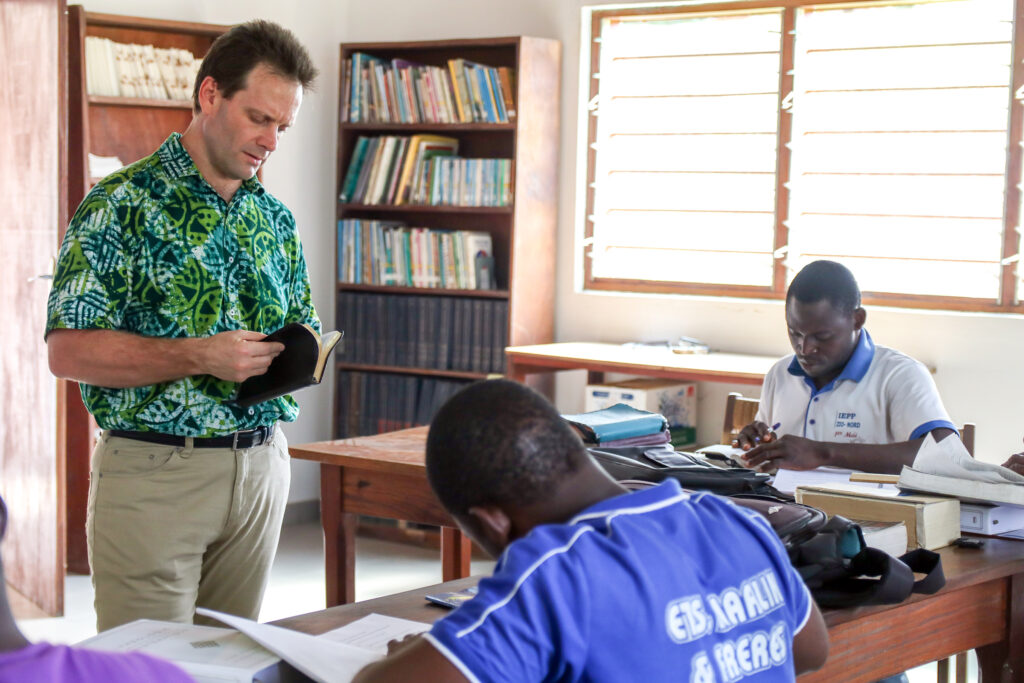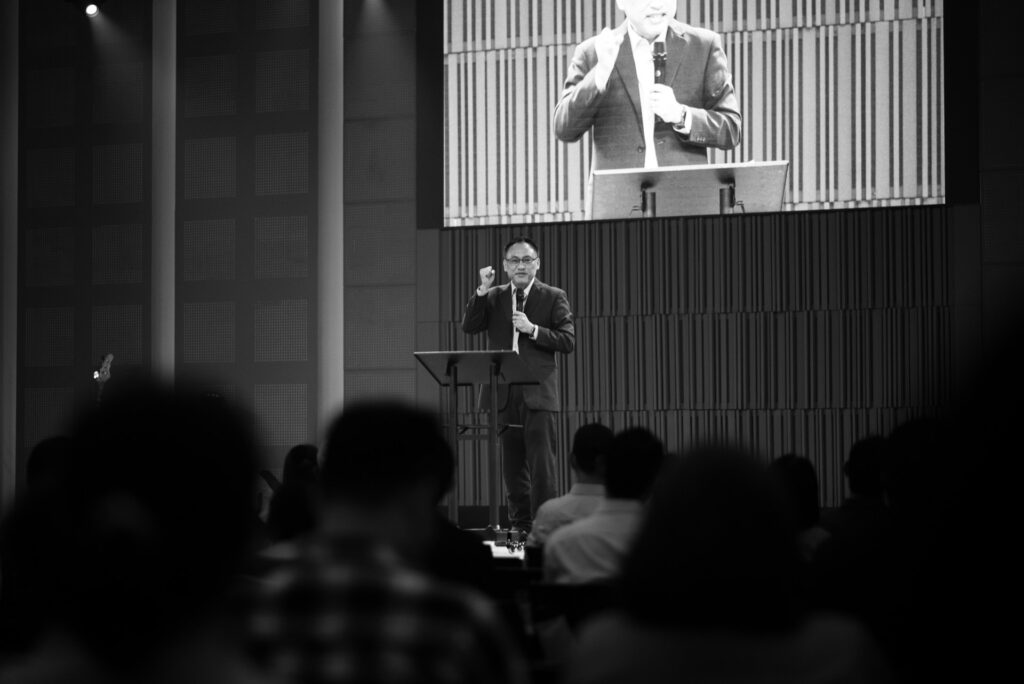On the one hand, they’ve observed some of the flaws of the church growth movement and have returned, in aspiration anyway, to a biblical disciple-making focus. On the other hand, they remain resolved to measure at least one facet of their health by counting attendees on Sunday morning.
It’s a pressure-cooker season for pastors as they’ve inherited a distilled vision from each movement over the past several decades. Our shepherds bear a burden to demonstrate a numerically growing church, while also remaining faithful to expository preaching and reproducing spiritually healthy and growing disciples. It could be argued that this has always been the case as both approaches reflect self-evident biblical values. I would propose, however, that the simultaneous expectation of our churches to run both deep and wide has never been stronger, and the weight of these expectations looms large. Yet, we desire that our churches do run deep and wide!
What if we could reframe the “church health” evaluation with a simple metric that bypasses both the vulgarity of numbers and the ambiguity of discipleship? And what if the solution was an incontrovertibly biblical one?
When our emphasis is on numbers in attendance, the most faithful disciple is the one who brings the most visitors to church and engages most effectively in church marketing campaigns. When our emphasis is on depth of discipleship, the most faithful are judged by their personal piety, which quickly devolves into legalistic facade building.
The Great Commission unbridles our metrics from both marketing and disingenuity, and re-centers them on God’s heart for the expansion of his kingdom and our co-labors with him. The Great Commission is a discipleship imperative, but one that turns our focus from building up our own church to building up his church. It frames the evidence of our discipleship not in terms of personal piety or seats filled on Sunday but in our engagement with his mission.
Perhaps the most helpful way forward is to recalibrate our metric from how many are seated in our church to how many have been sent from our church. Those will be two drastically different numbers, and the latter has little to do with the former, yet it more clearly indicates Scriptural obedience.
We can also evaluate the prevailing culture of our church, though admittedly this can be a subjective endeavor. A seating-oriented church values comfort, makes much of leaders, frequently reinforces what makes our church unique, communicates a vision of inviting people to become part of our church, and equips believers to become leaders within the same church. A sending-oriented church, in contrast, is sacrificial, makes much of the Great Commission, invites people to be sent out from the church, and equips believers for the sake of leadership in another church.
Here are some questions that might be more accurate metrics for assessing your church’s health:
- What percentage of our annual budget is dedicated to Great Commission ministry?
- How is our church engaged in supporting and encouraging missionaries and church planters?
- How many missionaries have we sent out of our church?




